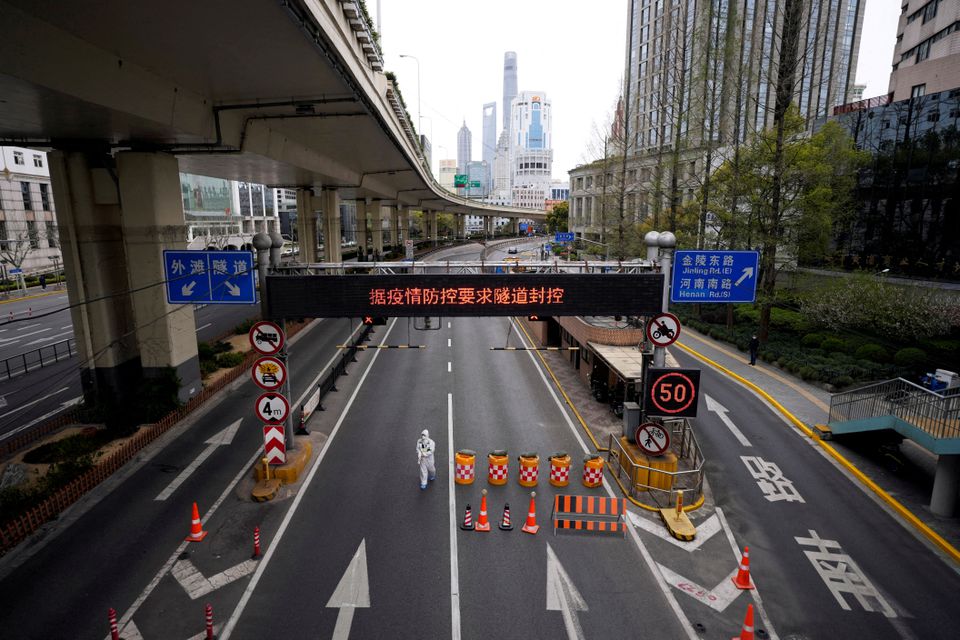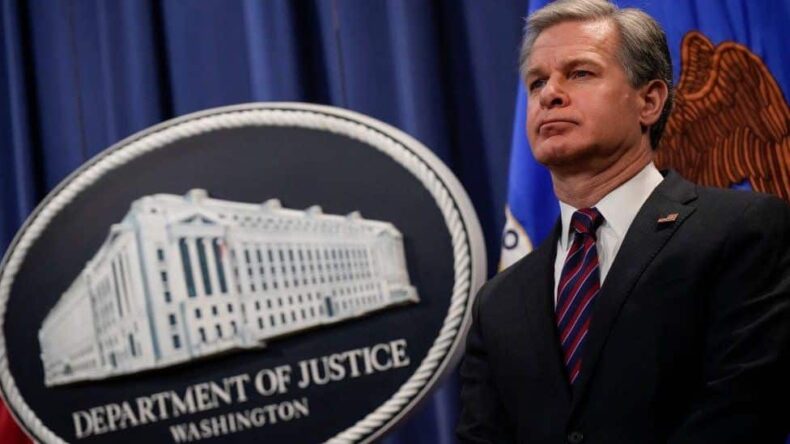Table of Contents
Recently the director of the FBI(Federal Bureau of Investigation), Christopher Wray, commented about the origins of the infamous COVID-19 (SARS-CoV-2) virus that caused a pandemic around the globe killing millions of people and sending the world into lockdown.

It is widely believed that the COVID-19 virus originated in Wuhan, China, in late 2019. However, it is important to note that the origin of the virus is still being investigated by the scientific community, and the exact source and pathway of transmission have not been definitively established.
’The Bureau has assessed that the origins of the COVID-19 pandemic likely originated from a lab incident in Wuhan, China,” The FBI tweeted, from an interview its chief had with an American media outlet. The US Department of Energy reportedly alluded to the “lab leak” theory just days ago.

Although responding to the multiple reports of the virus originating from a lab-leak, a World Health Organization spokesperson told businessline, “WHO has seen media reports but has not received any information on this particular assessment. WHO and SAGO will keep examining all available scientific evidence that would help us advance the knowledge on the origin of SARS CoV 2 and we call on China and the scientific community to undertake necessary studies in that direction. Until we have more evidence all hypotheses are still on the table.”
China has repeatedly in the past denied such reports.

ABOUT COVID-19
COVID-19, also known as the coronavirus, originated in Wuhan, China in December 2019 and has since spread globally, leading to a pandemic. It is a highly infectious respiratory illness caused by the novel coronavirus SARS-CoV-2. Symptoms of COVID-19 range from mild to severe and can include fever, cough, fatigue, and shortness of breath. The virus is primarily spread through respiratory droplets when an infected person talks, coughs, or sneezes. Prevention measures include frequent hand washing, wearing masks, and practicing physical distancing.
Vaccines have been developed and authorized for use in many countries to prevent COVID-19, although the pandemic continues to impact populations worldwide. The Chinese government initially downplayed the severity of the virus, which allowed it to spread rapidly within the country and internationally. The government’s response has since been criticized for lack of transparency and censorship of information related to the outbreak.
The “lab leak theory” suggests that the COVID-19 virus may have originated from a laboratory, rather than through natural transmission from animals to humans. Specifically, the theory suggests that the virus could have accidentally escaped from the Wuhan Institute of Virology in China, which studies bat-borne viruses and has been conducting research on coronaviruses.
This theory gained traction in early 2021, as more information came to light about the origins of the virus and the activities of the Wuhan Institute of Virology. However, the theory has been heavily debated and no conclusive evidence exists to support it. China has repeatedly denied such reports.
WHO ON COVID-19 LAB LEAK THEORY
The World Health Organization(WHO) conducted an investigation into the origins of the virus in early 2021, and concluded that it was “extremely unlikely” that the virus escaped from a laboratory. However, some scientists and politicians have criticized the investigation for not considering the lab leak theory more thoroughly.
There has been some controversy regarding the Chinese government’s initial response to the outbreak and their handling of the situation in the early stages. Some have criticized the government for suppressing information about the virus and downplaying its severity, which may have contributed to its spread both within China and internationally.
The debate surrounding the lab leak theory highlights the importance of understanding the origins of the COVID-19 virus and the need for transparent and thorough investigations.
READ NEXT: https://tdznkwjt9mxt6p1p8657.cleaver.live/canada-bans-tiktok-over-security-risksnbsp/












